With the recent WHO announcement last week that there needs to be more research done on cell phone radiation and ways to minimize any potential negative impact, holy cow, have our inboxes been jamming with every company promising the perfect solution.
Like both the FTC recos and those from the Environmental Working Group, we tend to take the cautious but not panicked approach to such things. Like the following:
1. Text more than you call. Your kids can teach you about that one.
2. Use a good headset or speakerphone when possible.
(We have tons of cool headphones and Bluetooth headsets we love if you search our site. Below: The Moshi Moshi Curve.)
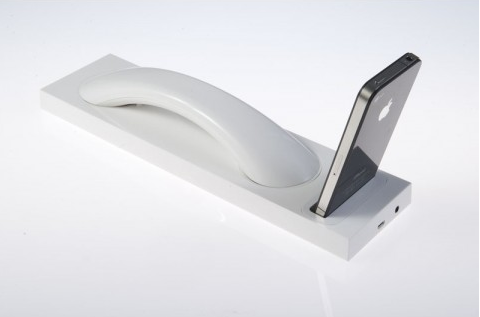
3.Wait for a good signal; the harder your phone works, the more radiation is emitted.
4. Tilt the phone away from your head when you’re talking; transmitting signals emits more radiation than receiving them. Also that means dial on speaker, then talk when the person picks up.
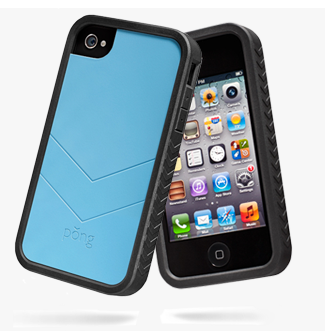
5. Don’t be so fast to accept every product that recommends radiation reduction. There are a ridiculous number of false claims out there. And “radiation shields” like antenna caps and keypad covers may actually generate more radiation.
If you do want a case that may limit radiation, the most compelling research we’ve found is from the Pong Case (above) which is available for a ton of different phone models, from iOS to Android.
6. Limit children’s use of cell phones, and try to stick with speaker phones and headsets. Good thing they’re big texters.
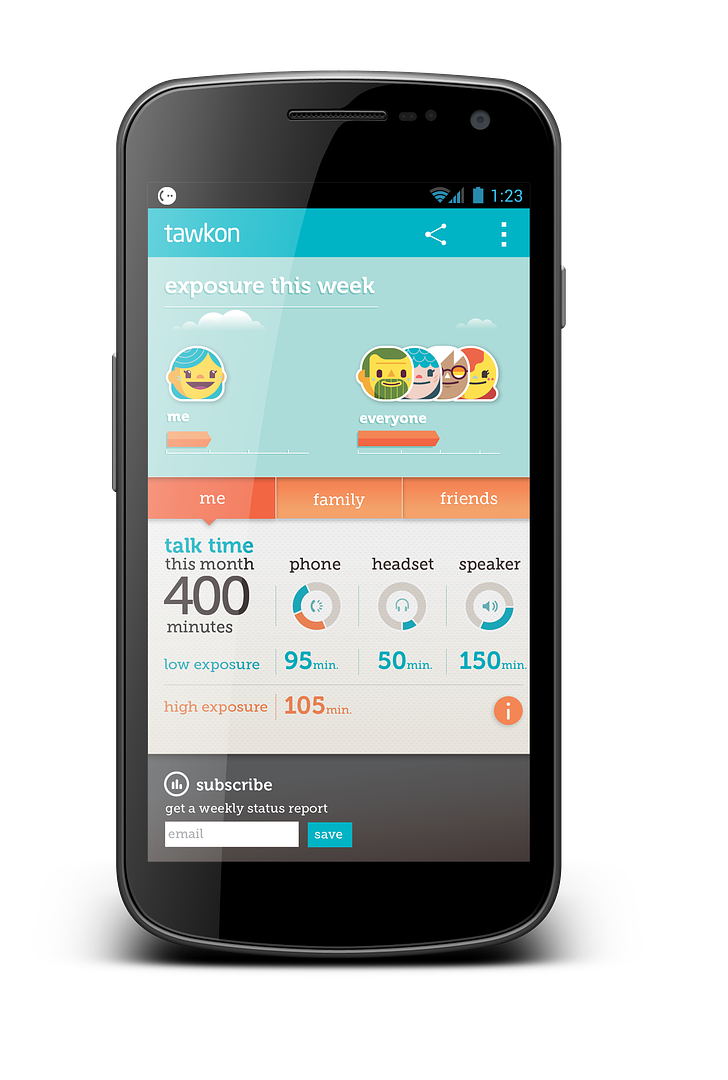
7. Consider installing the Tawkon App, recommended this week by Brad in a terrific article at Wireless’ Geek Dad.
It’s a wireless measurement system that monitors usage so you know when
to stop or switch to headsets. It even has a family function so you can
monitor kids’ usage and have a chat about headphones and Bluetooth.
You can get it free for Android phones through Google Play,
but Apple has refused to sell it through the iTunes store so you’ll
have to Jailbreak your iOS phone to install (or find a friendly hacker
to do it for you).
Back to the idea of scams, the FTC now
recommends that buying a lower reported SAR phone (Specific Absorption
Rate) may not make a difference. The SAR reported levels
are based on worst case scenarios, and not normal usage. In other
words, a higher SAR level phone may actually provide less absorption
under normal circumstances. .
Which brings us to another point:
We often take FTC recos about consumer safety with a grain of salt,
considering the potential lobbyist influence on government
recommendations. (High fructose corn syrup in your sliced bread,
anyone?) In fact for ages, CNET has reported that radiation standards set by the FTC are in need of a complete overhaul and are 15 years out of date.
And now, the Environmental Working Group, an organization we respect, urges the FTC to reconsider their cell phone radiation guidelines, particularly for children. Which is obviously where we are most concerned.
It’s a good idea to cross-check any government-released data with sources like these.
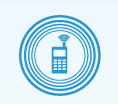
On
the positive side, there’s no conclusive data about the harm from Radio
Frequency exposure; many of the more troubling studies have not been
able to replicate their data, or were found to have some bias in the
testing methodology. So really, a lot of this is still up in the air.
Have we left you more confused than before?
Here’s
the net: Don’t panic. Don’t toss your cell phone. Simply follow the
universal recommendations above, use common sense, and carry on with
your life. –Liz
[top image: tawkon]

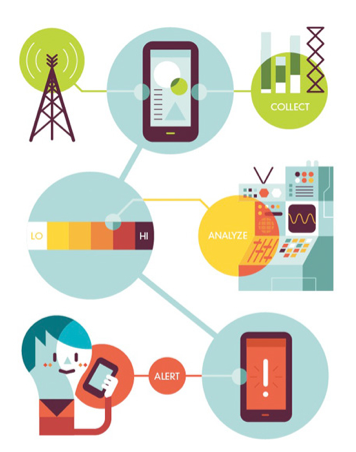
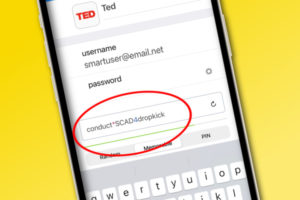
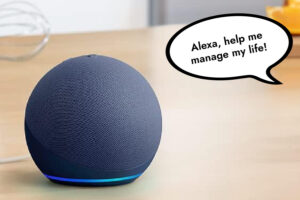


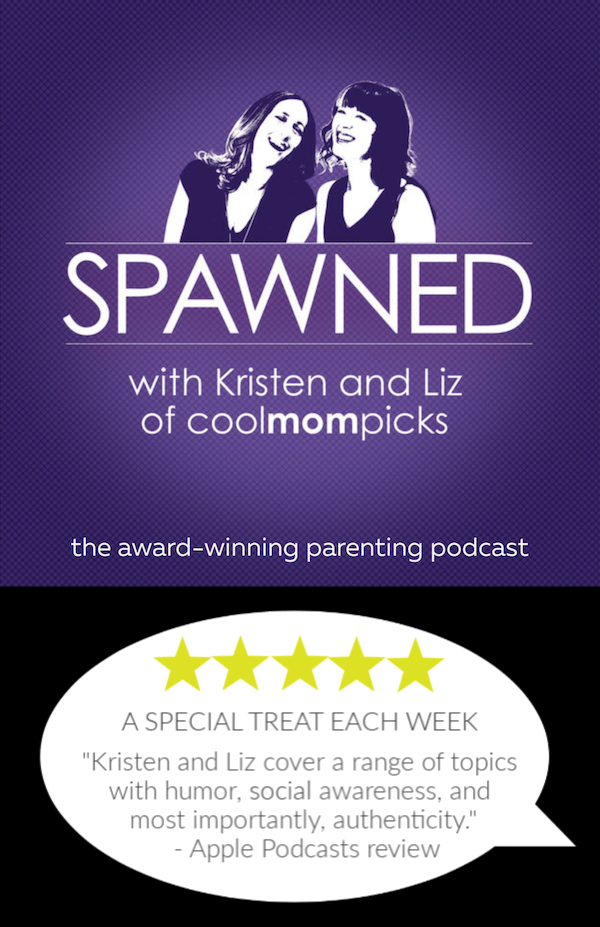
Great post, very measured advice.
I love the Moshi Moshi!
I have often wondered about the radiation impact of sleeping with your phone. Do you only have to worry about radiation when you are on a call?